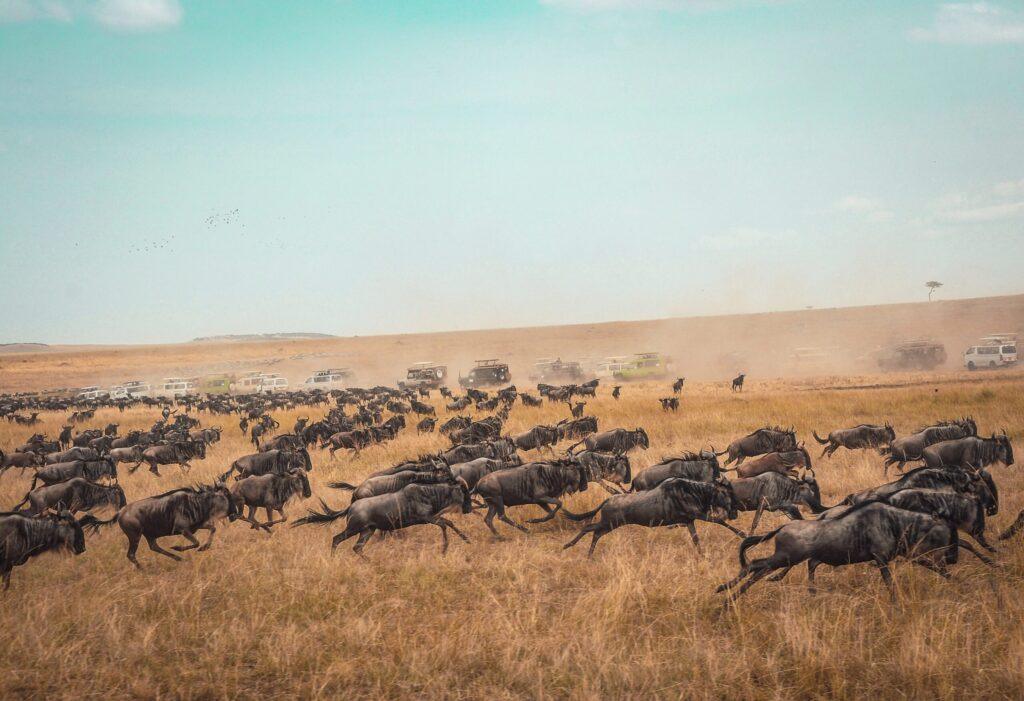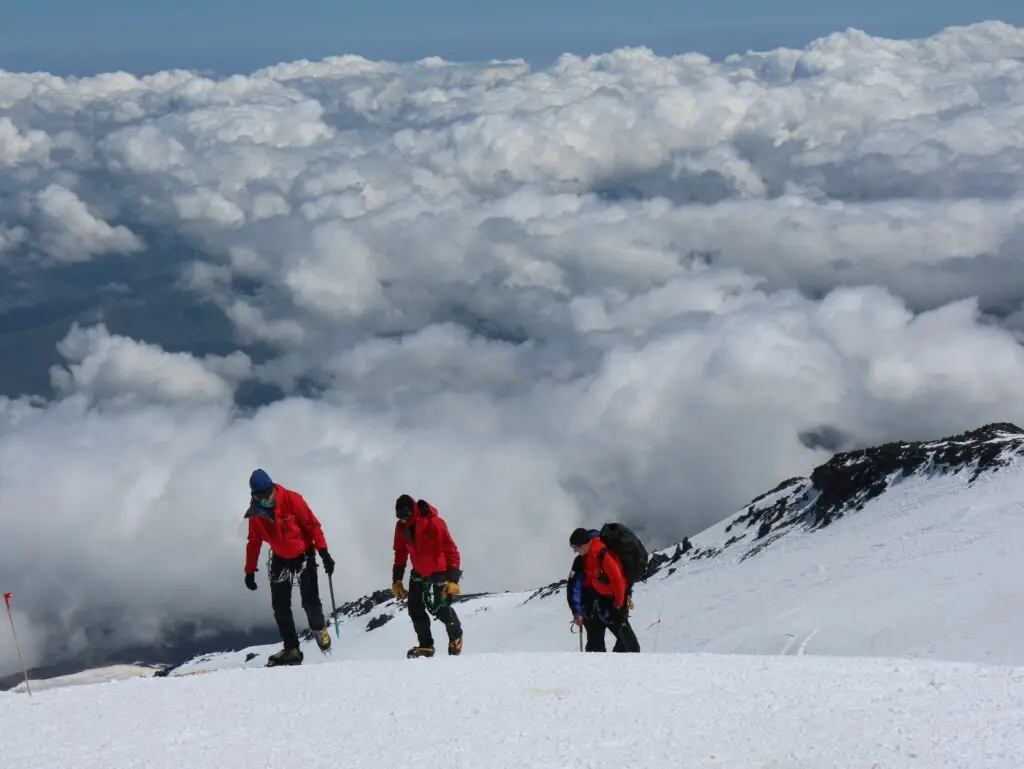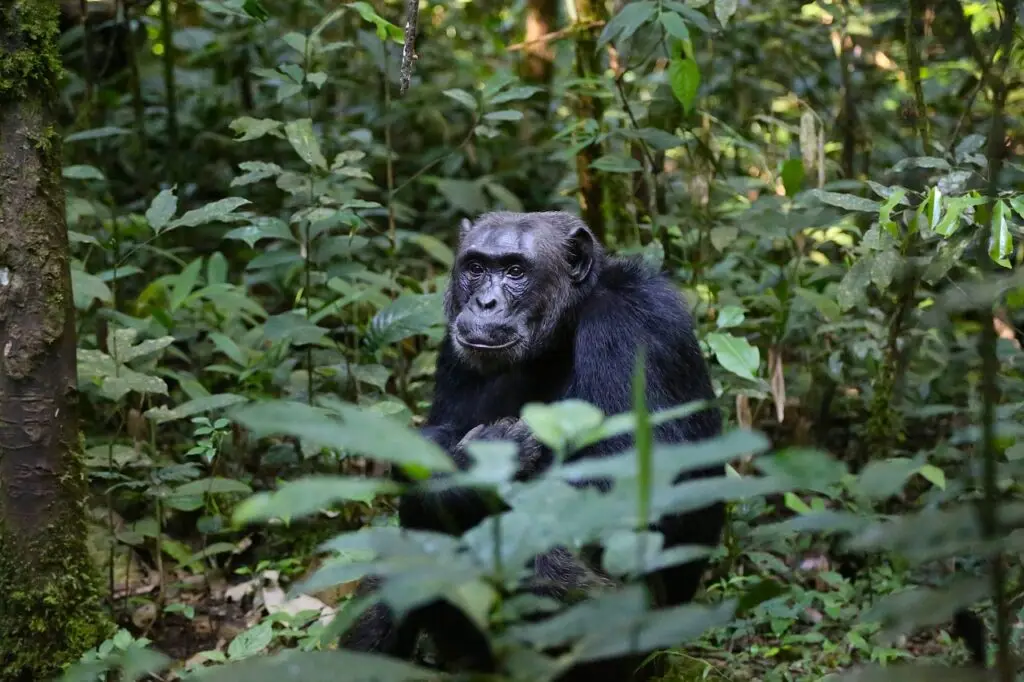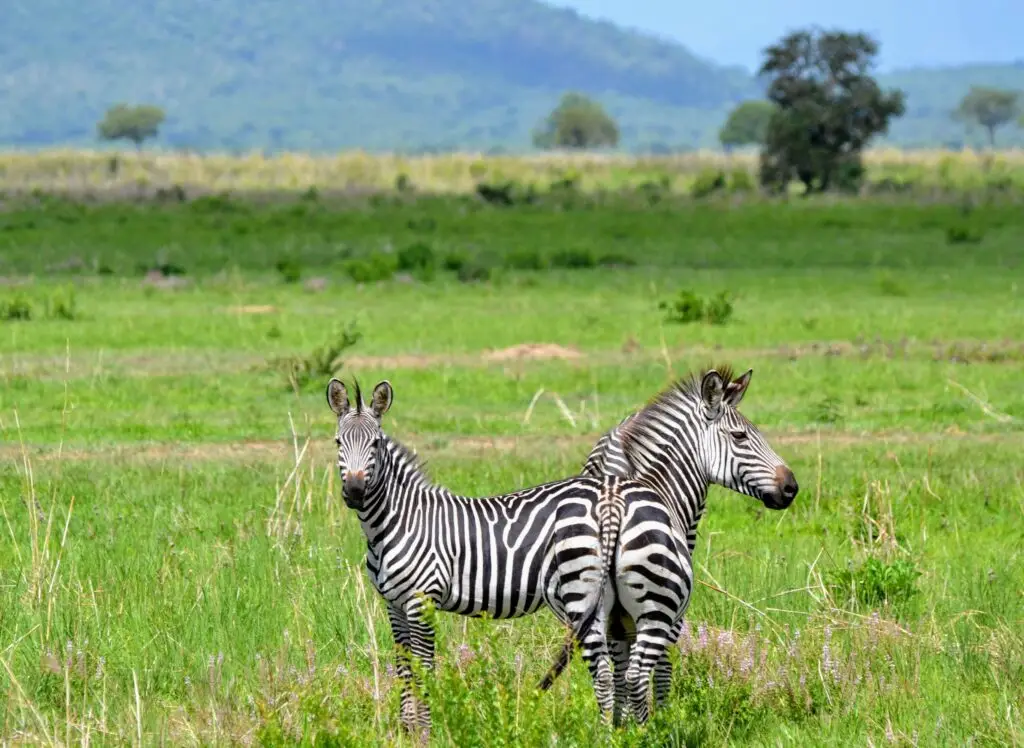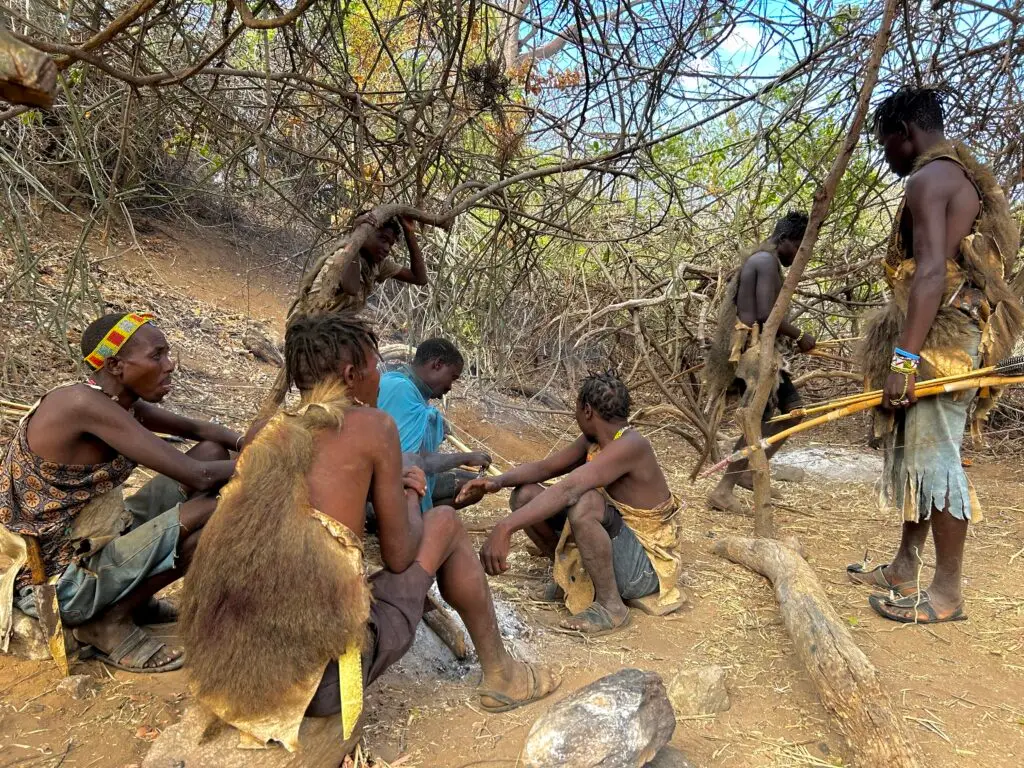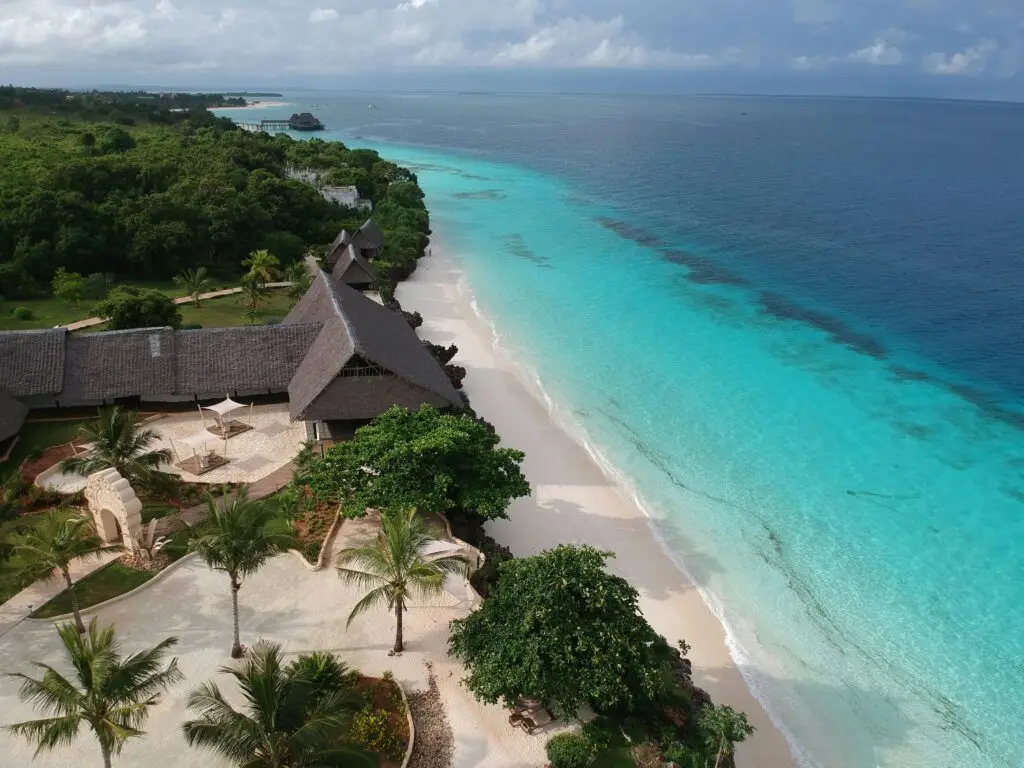Africa is home of an incredible wildlife experiences, but few can rival the stunning spectacle of the Great Migration. This spectacular event sees over a million wildebeest traverse the vast plains of the Serengeti, driven by the need to find fresh grazing land and navigate the many dangers that lie in their path.
The Ngorongoro Crater, a UNESCO World Heritage site located in Tanzania’s Ngorongoro Conservation Area, is a must-see destination renowned for its breathtaking landscapes and incredible wildlife. This ancient caldera is home to the “Big Five”—lions, elephants, buffalo, leopards, and rhinoceros—making it a prime spot for thrilling game drives. Visitors can enjoy stunning panoramic views from the crater rim, with lush greenery providing a dramatic backdrop for photography. Engaging with the local Maasai people offers a rich cultural experience, where one can learn about their traditions and enjoy traditional music and dance. For the adventurous, hiking trails lead to spectacular viewpoints and hidden gems within the area. While the crater is accessible year-round, the dry season from June to October is especially popular for wildlife viewing, as animals gather around water sources. Whether on a safari or soaking in the beauty, the Ngorongoro Crater promises an unforgettable highlight of any Tanzanian adventure.
Located in the northeastern part of Tanzania, Kilimanjaro is Africa’s highest mountain and can be seen from as far away as Kenya. This majestic peak is more than just a geographical landmark, however – it is also a powerful symbol of life and vitality for the local Chagga people, who have long relied on its rich volcanic soils for agriculture and its pure spring waters for sustenance. Despite the fact that 75,000 people climb Kilimanjaro each year, the mountain remains a truly awe-inspiring sight to behold. While it may not be the most untouched or arduous mountain, it is still an incredible challenge for anyone with even a passing interest in mountaineering. Whether you’re a seasoned climber or just looking to push yourself to new heights, Kilimanjaro is an unforgettable experience that is not to be missed.
Southern Tanzania is a hidden gem for safari enthusiasts seeking an authentic experience away from the crowds. Home to stunning national parks like Ruaha and Selous, this region boasts diverse wildlife, including elephants, lions, and rare species like the African wild dog. The breathtaking landscapes, ranging from savannahs to riverine forests, provide a backdrop for unforgettable adventures, whether it’s game drives, walking safaris, or boat excursions. With fewer tourists and a sense of untouched wilderness, Southern Tanzania offers a tranquil escape into nature’s beauty.
The Hadzabe are the most primitive tribe living on earth. They are hunter gatherers just like our ancestors were thousands of years ago. This tribe has been living near Lake Eyasi in Northern Tanzania for over 50,000 years. Additionally what make this tribe more unique is the way they speak, a unique language with clicks.
From spice plantations to Arab-style architecture, Zanzibar has a lot to offer visitors. Whether you’re looking for a romantic beach vacation or want to see some famous historical sites, you can find it here. Some popular things to do are: visit spice plantations, go swimming in Stone Town (Zanzibar’s old city), and enjoy a meal at one of many quaint restaurants throughout the islands. There are plenty more options, so take some time to explore and check out what Tanzania is known for!
